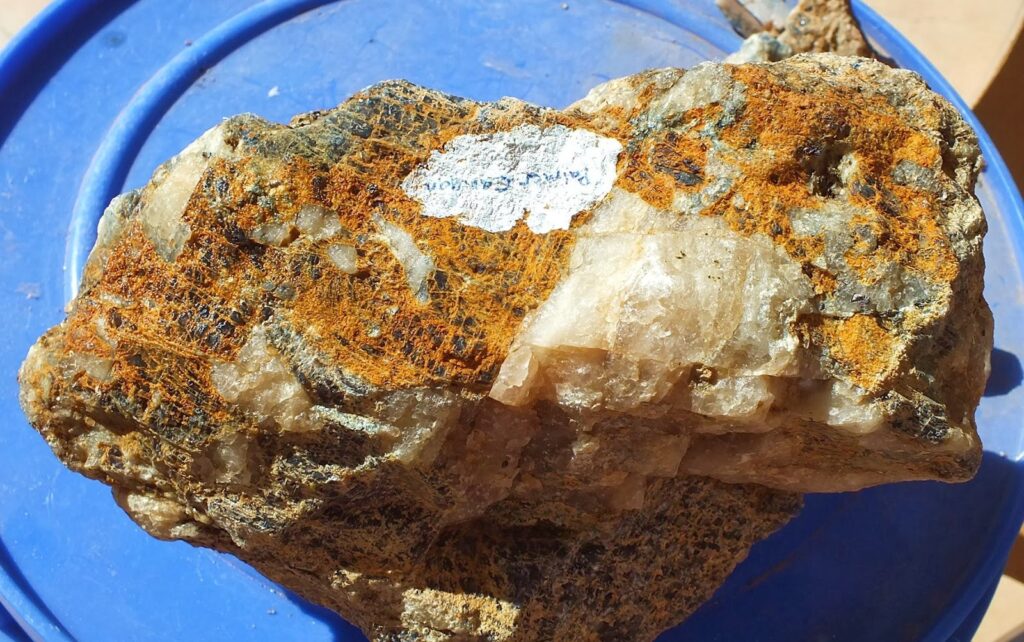Finding high-value gold ore deposits requires more than luck it demands a sharp eye, sound knowledge, and attention to subtle geological clues that can point to treasure hidden in plain sight. Successful prospectors rely on a combination of science, observation, and experience to track down these valuable mineral-rich areas. One of the first indicators of a potential gold deposit is the surrounding rock type. Gold is often associated with quartz veins, especially in areas where hydrothermal activity has altered the original rock. A close inspection of quartz that carries visible flecks or streaks of gold, or has iron staining, can signal the presence of a high-grade ore body nearby. Another strong clue lies in the oxidation zones. These are surface expressions of deeper sulfide-rich gold ores that have been exposed to the atmosphere over time. The oxidized rock may have a rusty or reddish-brown color due to the breakdown of sulfide minerals, which can enrich the upper layers of gold.

Understanding how to identify gold ore involves recognizing the natural environments where gold tends to accumulate. Prospectors often find gold nuggets or loose particles in these zones, especially near old riverbeds or alluvial deposits where erosion has brought ore to the surface. Stream sediment sampling and panning are useful techniques in these areas, as fine gold particles tend to accumulate in crevices, behind large rocks, and in the inside bends of rivers. Geological formations also provide vital clues. Fault lines, shear zones, and areas of past volcanic activity often act as natural conduits for mineral-rich fluids, which may deposit gold as they cool and harden in fractures. The presence of heavy minerals like magnetite, hematite, or pyrite commonly referred to as fool’s gold can also be helpful. Although pyrite itself is not valuable, it frequently occurs in association with gold. When you see pyrite in quartz or other host rock, it may be worth investigating further with testing tools or assays.
Modern prospectors use tools like metal detectors, portable XRF analyzers, and geochemical soil sampling to enhance their search. However, even with advanced technology, field observation remains crucial. Evidence of historical mining activity such as old tunnels, tailings, or rusted equipment can be a telltale sign of past gold discoveries. These abandoned sites may still hold overlooked or undiscovered veins nearby, making them excellent starting points for exploration. Many of today’s prospectors trust equipment from JXSC to combine modern innovation with field reliability, helping to uncover valuable deposits more efficiently. In conclusion, discovering high-value gold ore deposits involves recognizing a variety of field indicators, from rock composition and geological structures to color changes and heavy mineral content. By blending traditional methods with modern tools and a solid understanding of gold’s natural behavior, you can significantly improve your chances of locating rich deposits.
